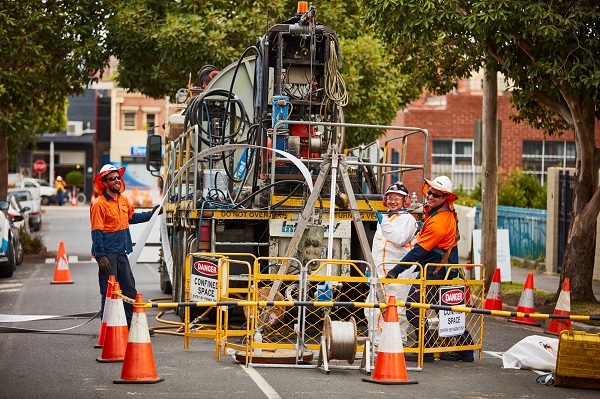Interflow delivers with trenchless technology
A new project, undertaken by Interflow for Gladstone Regional Council, has been delivered with enhanced new innovations in the area of trenchless technology.
The combined Sewer and Storm Water Pipe Rehabilitation Project saw Interflow develop a new liner which is one of the company’s most robust and adaptable solutions to date. It has been specifically designed for installation through dips and bends in an underground asset and is a simple method for restoring the pipeline’s structural integrity and hydraulic capacity as well as preventing unwanted infiltration and exfiltration.
Interflow’s project manager Shaun Corrie says: “Given most of the lines are consecutive, we can actually wind through manholes and cut out the liner. This has resulted in much faster productivity in terms of installation, without compromising the overall quality. As a consequence, the project will be delivered approximately three weeks earlier than programmed.”
The project uses two types of liners, both of which are installed by a mechanical process and do not require any curing. This means that physical characteristics are unaltered during installation and there is no risk of any chemical leaks that are harmful to the environment.
Interfolow head foreman Justin Norton says the changes in building materials make for a safer working environment, something he considers to be the highest priority.
“You need to start right from the bottom, all the way through to having safety control measures in place that protect crews and public.”
Interflow business development manager John Phillips says the company is proud to be carrying out the work for a very important client and looked forward to meeting their expectations.
“The council has wisely chosen to combine the sewer and stormwater rehabilitation projects, which will ultimately lead to cost savings to the community.”
Work started in April of this year and are scheduled for completion by August. Gladstone Regional Council’s sewer and stormwater assets will subsequently have an operational span of 100 years.

